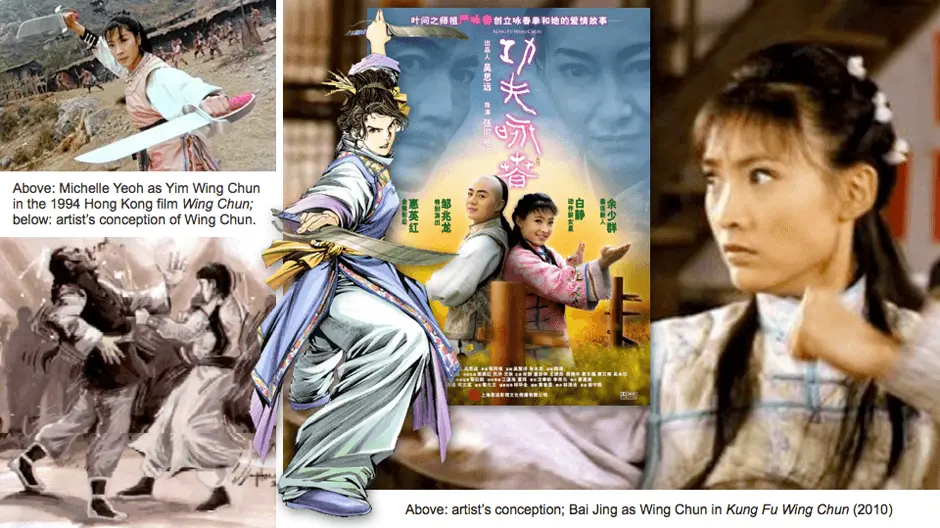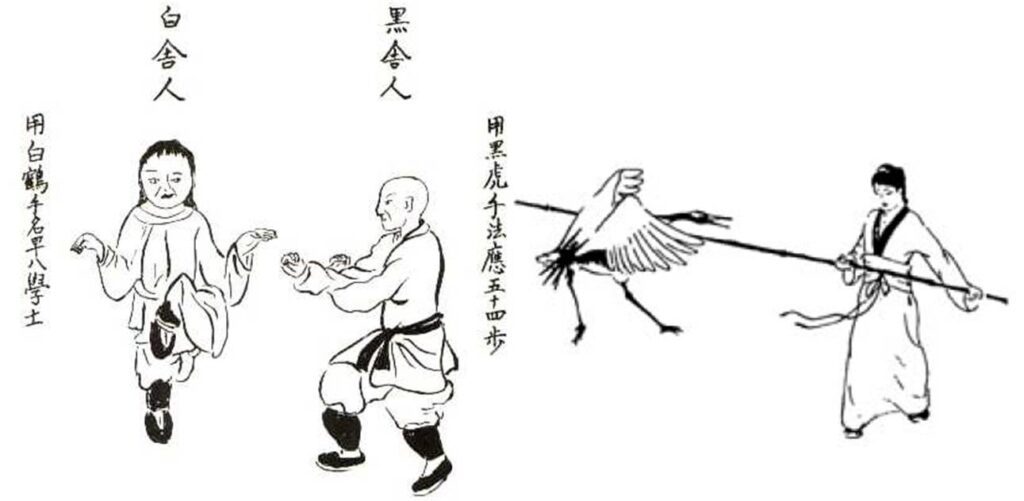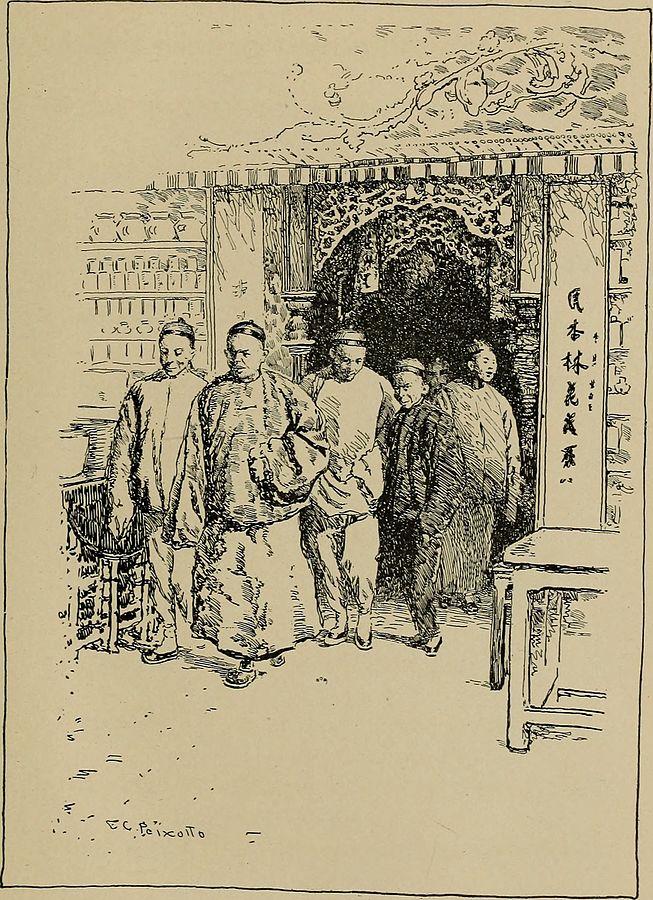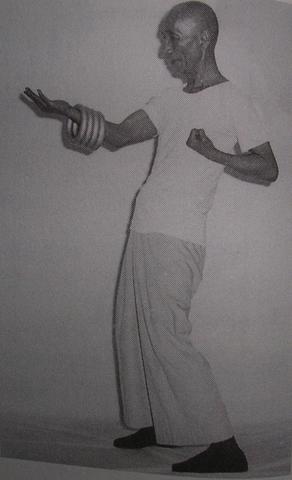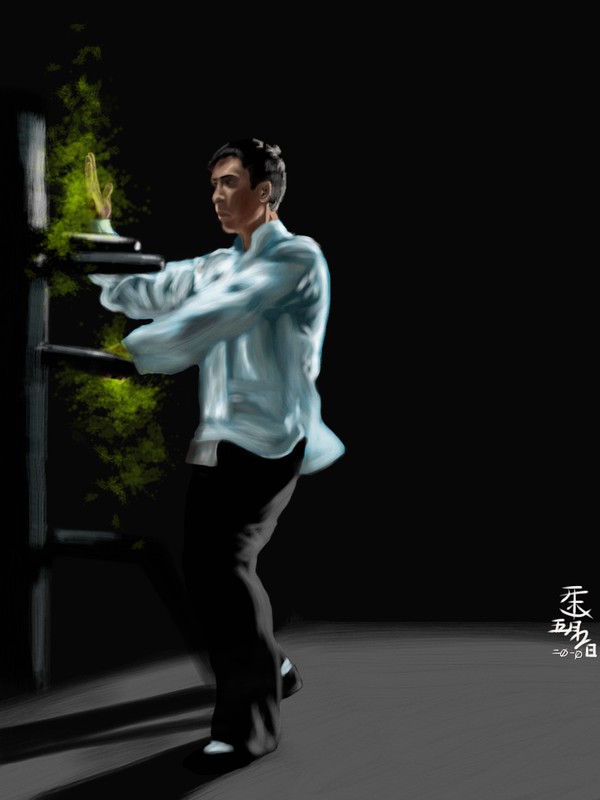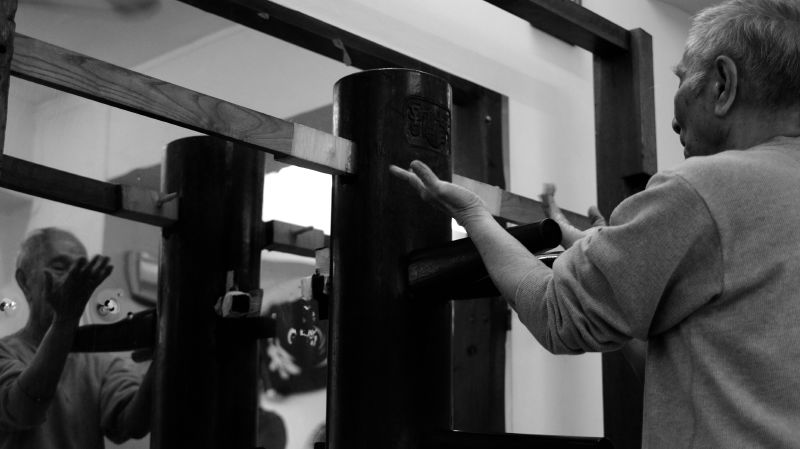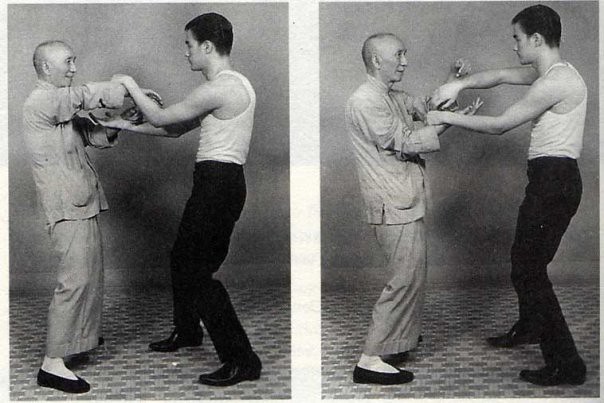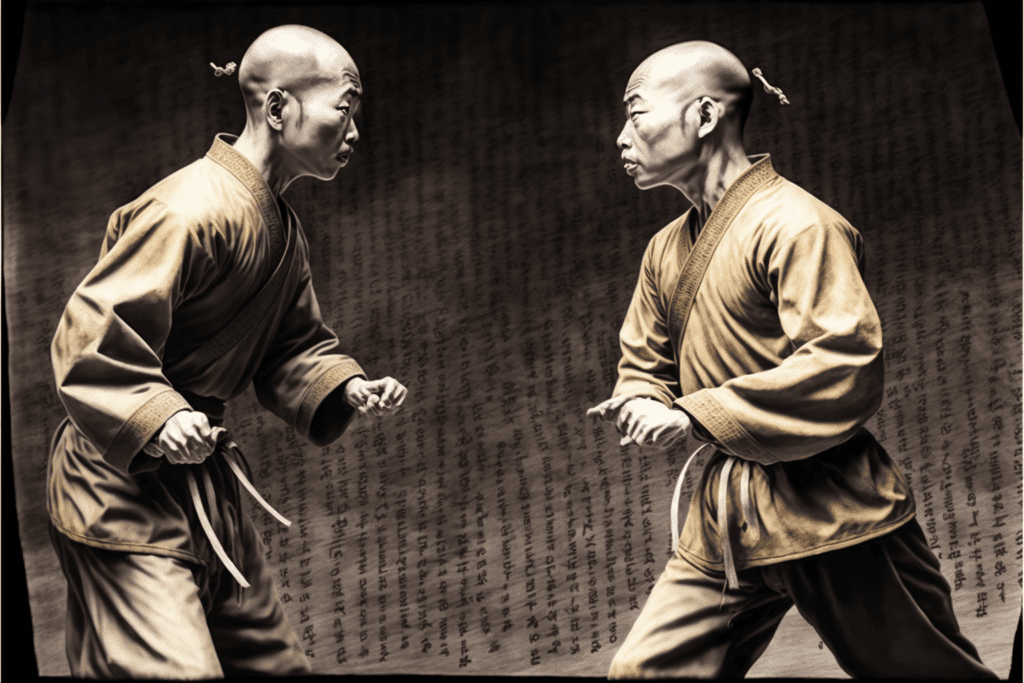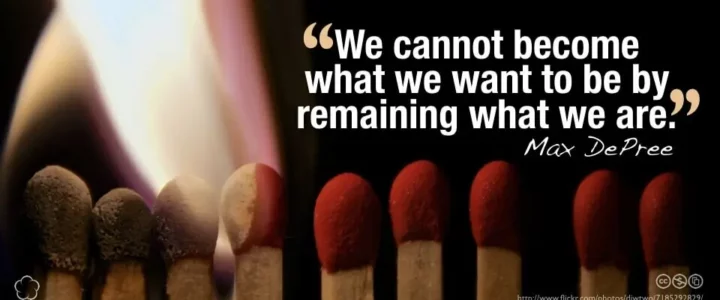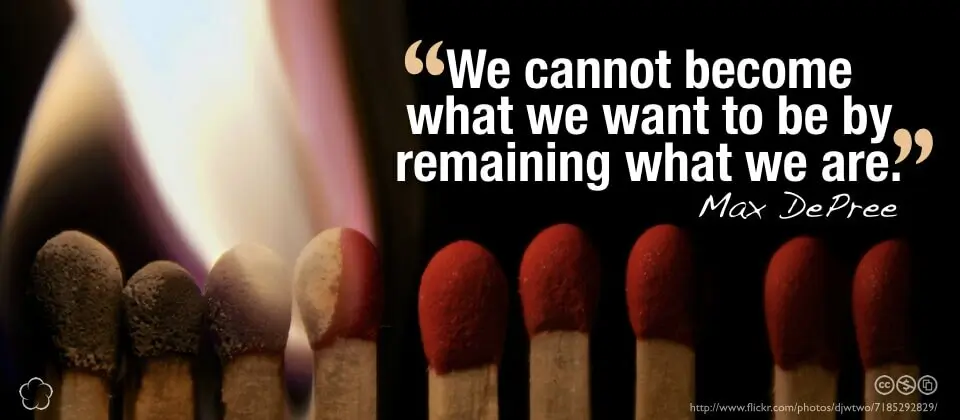Current Revision: October 10, 2022
By using the wingchunconcepts.com web site (“Service”), a service of Wing Chun Concepts, you are agreeing to be bound by the following terms and conditions (“Terms of Service”).
Wing Chun Concepts reserves the right to update and change the Terms of Service from time to time without notice. Any new features that augment or enhance the current Service, including the release of new tools and resources, shall be subject to the Terms of Service. Continued use of the Service after any such changes shall constitute your consent to such changes. You can review the most current version of the Terms of Service at any time at:
http://wingchunconcepts.com/legal-terms.php
Violation of any of the terms below will result in the termination of your Account. While Wing Chun Concepts prohibits such conduct and Content on the Service, you understand and agree that Wing Chun Concepts cannot be responsible for the Content posted on the Service and you nonetheless may be exposed to such materials. You agree to use the Service at your own risk.
Account Terms:
You must be 16 years or older to use this Service. You must be a human. Accounts registered by “bots” or other automated methods are not permitted. You must provide your legal full name, a valid email address, and any other information requested in order to complete the signup process. Your login may only be used by one person — a single login shared by multiple people is not permitted. You are responsible for maintaining the security of your account and password. Wing Chun Concepts cannot and will not be liable for any loss or damage from your failure to comply with this security obligation. You are responsible for all Content posted and activity that occurs under your account (even when Content is posted by others who have access under your account). You may not use the Service for any illegal or unauthorized purpose. You must not, in the use of the Service, violate any laws in your jurisdiction (including but not limited to copyright laws).
Payment, Refunds, Upgrading and Downgrading Terms:
A valid credit card is required for memberships or purchase of content access. The Service is billed at the time of order and is non-refundable. There will be no refunds or credits for partial terms of service, upgrade/downgrade refunds, refunds for unused access, or refunds for monthly memberships or credits unused with an open account. In order to treat everyone equally, no exceptions will be made. All fees are exclusive of all taxes, levies, or duties imposed by taxing authorities, and you shall be responsible for payment of all such taxes, levies, or duties, excluding only United States (federal or state) taxes. For any upgrade or downgrade in plan level, your credit card that you provided will automatically be charged the new rate on your next billing cycle. Downgrading your Service may cause the loss of Content, features, or capacity of your Account. Wing Chun Concepts does not accept any liability for such loss.
Renewal, Cancellation and Termination:
The Service is a membership program that includes access to the Level One curriculum content. An online membership is considered to be for a term of one year, but online memberships currently do not expire or renew. Access to additional training levels is a one-time fee per level. Monthly Unlimited live training plans do not automatically renew. At the end of each month, you will be asked to renew your membership. Your credit card will not be charged without you initiating a membership renewal. If you do not renew your membership, you will lose access to your account, your student records and all content associated with your account. Pre-paid Class Credits roll over from month to month as long as you are an active student. If your account in inactive for a period of three months, your remaining credits will expire and your online account will be disabled. You can cancel your account at any time and request that your student records be deleted from our database by submitting a request through our Contact Us form. No refunds or partial refunds will be issued for cancelled memberships or accounts. Wing Chun Concepts, at its sole discretion, has the right to suspend or terminate your account and refuse any and all current or future use of the Service, or any other Wing Chun Concepts service, for any reason at any time. Such termination of the Service will result in the deactivation or deletion of your Account or your access to your Account, and the forfeiture and relinquishment of all Content in your Account. Wing Chun Concepts reserves the right to refuse service to anyone for any reason at any time.
Modifications to the Service and Prices:
Wing Chun Concepts reserves the right at any time and from time to time to modify or discontinue, temporarily or permanently, the Service (or any part thereof) with or without notice. Prices of all Services, including but not limited to annual subscription plan fees to the Service, are subject to change upon 30 days notice from us. Such notice may be provided at any time by posting the changes to the Site or the Service itself. Wing Chun Concepts shall not be liable to you or to any third party for any modification, price change, suspension or discontinuance of the Service.
License, Copyright and Content Ownership:
Wing Chun Concepts claims sole ownership and license to all Content published on the Service except where noted on the published Content. Wing Chun Concepts claims no intellectual property rights over the material you provide to the Service. Your profile and materials uploaded remain yours. Wing Chun Concepts does not pre-screen Content, but Wing Chun Concepts and its designee have the right (but not the obligation) in their sole discretion to refuse or remove any Content that is available via the Service. The look and feel of the Service is copyright © 2017 Wing Chun Concepts. All rights reserved. You may not duplicate, copy, or reuse any portion of the Content, artwork, HTML/CSS or visual design elements without express written permission.
Disclaimer and General Conditions:
Your use of the Service is at your sole risk. The service is provided on an “as is” and “as available” basis. All instructional material is for entertainment purposes only. You understand that by engaging in any of the techniques, drills and all other instructional material presented on this website, you do so at your own risk. You further understand the risk of injury or DEATH that this, or any martial art for that matter, can inflict on yourself and/or others, and accept full and sole responsibility for any injury, DEATH, or any other type of loss either directly or incidentally related to this training program. Technical support is only provided to paying account holders and is only available via email. You understand that Wing Chun Concepts uses third party vendors and hosting partners to provide the necessary hardware, software, networking, storage, and related technology required to run the Service. You must not modify, adapt or hack the Service or modify another website so as to falsely imply that it is associated with the Service, Wing Chun Concepts, or any other Wing Chun Concepts service. You agree not to reproduce, duplicate, copy, sell, resell or exploit any portion of the Service, use of the Service, or access to the Service without the express written permission by Wing Chun Concepts. We may, but have no obligation to, remove Content and Accounts containing Content that we determine in our sole discretion are unlawful, offensive, threatening, libelous, defamatory, pornographic, obscene or otherwise objectionable or violates any party’s intellectual property or these Terms of Service. Verbal, physical, written or other abuse (including threats of abuse or retribution) of any Wing Chun Concepts customer, employee, member, or officer will result in immediate account termination. You understand that the technical processing and transmission of the Service, including your Content, may be transferred unencrypted and involve
(a) transmissions over various networks; and
(b) changes to conform and adapt to technical requirements of connecting networks or devices. You must not upload, post, host, or transmit unsolicited email, SMSs, or “spam” messages. You must not transmit any worms or viruses or any code of a destructive nature. If your bandwidth usage exceeds 300 MB/month, or significantly exceeds the average bandwidth usage (as determined solely by Wing Chun Concepts) of other customers, we reserve the right to immediately disable your account or throttle your account until you can reduce your bandwidth consumption.
Wing Chun Concepts does not warrant that
(i) the service will meet your specific requirements,
(ii) the service will be uninterrupted, timely, secure, or error-free,
(iii) the results that may be obtained from the use of the service will be accurate or reliable,
(iv) the quality of any products, services, information, or other material purchased or obtained by you through the service will meet your expectations, and
(v) any errors in the Service will be corrected.
You expressly understand and agree that Wing Chun Concepts shall not be liable for any direct, indirect, incidental, special, consequential or exemplary damages, including but not limited to, damages for loss of profits, goodwill, use, data or other intangible losses (even if Wing Chun Concepts has been advised of the possibility of such damages), resulting from:
(i) the use or the inability to use the service;
(ii) the cost of procurement of substitute goods and services resulting from any goods, data, information or services purchased or obtained or messages received or transactions entered into through or from the service;
(iii) unauthorized access to or alteration of your transmissions or data;
(iv) statements or conduct of any third party on the service;
(v) or any other matter relating to the service.
The failure of Wing Chun Concepts to exercise or enforce any right or provision of the Terms of Service shall not constitute a waiver of such right or provision. The Terms of Service constitutes the entire agreement between you and Wing Chun Concepts and govern your use of the Service, superceding any prior agreements between you and Wing Chun Concepts (including, but not limited to, any prior versions of the Terms of Service). By using this web site and any affiliate Internet sites, you agree to hold Wing Chun Concepts, its agents, assigns, subsidiaries, employees, licensees, and officers harmless for any action, suit, claim, loss, injury, or damage, arising from your recklessness, negligence, improper execution of techniques, or for any damage or injury that occurs pursuant to any information received, whether such information is received in person, via email, on the Internet, or by any other means now known or later developed. You acknowledge that you have had the prior opportunity to, and have, consulted a physician before entering into this agreement. Questions about the Terms of Service should be sent to support at wingchunconcepts dot com.

